THE CHINESE MARTIAL ARTS OF KUNG FU
DEVELOP YOUR PERSONAL POWER
What is Kung Fu?
Kung Fu is a 2000-year-old art based on 5 Animal Movements that the Monks of China Developed for Health and Longevity. We have taken this ancient art and created a modern workout program to fit today's busy lifestyles. In just one 30-minute class, you'll have your mind and body working 3 to 4 times better than they do now. Imagine having greater strength, flexibility, improved muscle tone, and unshakable confidence. Getting started is easy. Just check out one of our Trial Programs!
The Eleven Subjects of Kung Fu
Contrary to popular belief, the term 'kung fu' in Chinese does not solely refer to fighting arts. Rather, it encompasses a broader meaning of skill, ability, and hard work. This comprehensive definition reflects the three significant development areas of kung fu: self-defense, health and fitness, and character training.
Originally developed about 500 A.D. at the Shaolin Temple in Hunan Province. The monks based the movements on five different animals. These are the Tiger, Leopard, Crane, Snake, and Dragon. Each animal uses different applications for defense and health.
Kung fu and Chinese martial arts generally encompass a wide variety of subjects. Most Chinese martial arts have, to one degree or another, all of these subjects: basics, combinations, self-defense, forms, partner sets, weapons, pressure points, joint locks, sparring, ground-fighting, chi kung, herbal medicines, and basic first aid. Below is a synopsis of each of the significant subjects of kung fu.
The Basics
Basics are individual techniques that students practice to perfect each technique. Some of these techniques are punching, blocking, and kicking.
Postures are the foundation of your body. In other words, think of postures as the foundation of a house. Postures develop leg strength, flexibility, and balance.
Strikes include a multitude of different types of open-handed strikes. Open-hand strikes include chops, palms, backhands, and fingers.
Kicks provide a longer reach and more power than strikes. Kicks are used for striking both high and low parts of the body. Kicks are also used for ground fighting and the third leg.
Blocks These include Power blocks, Guiding blocks, and Striking blocks. Each block has a purpose depending on the type of attack.
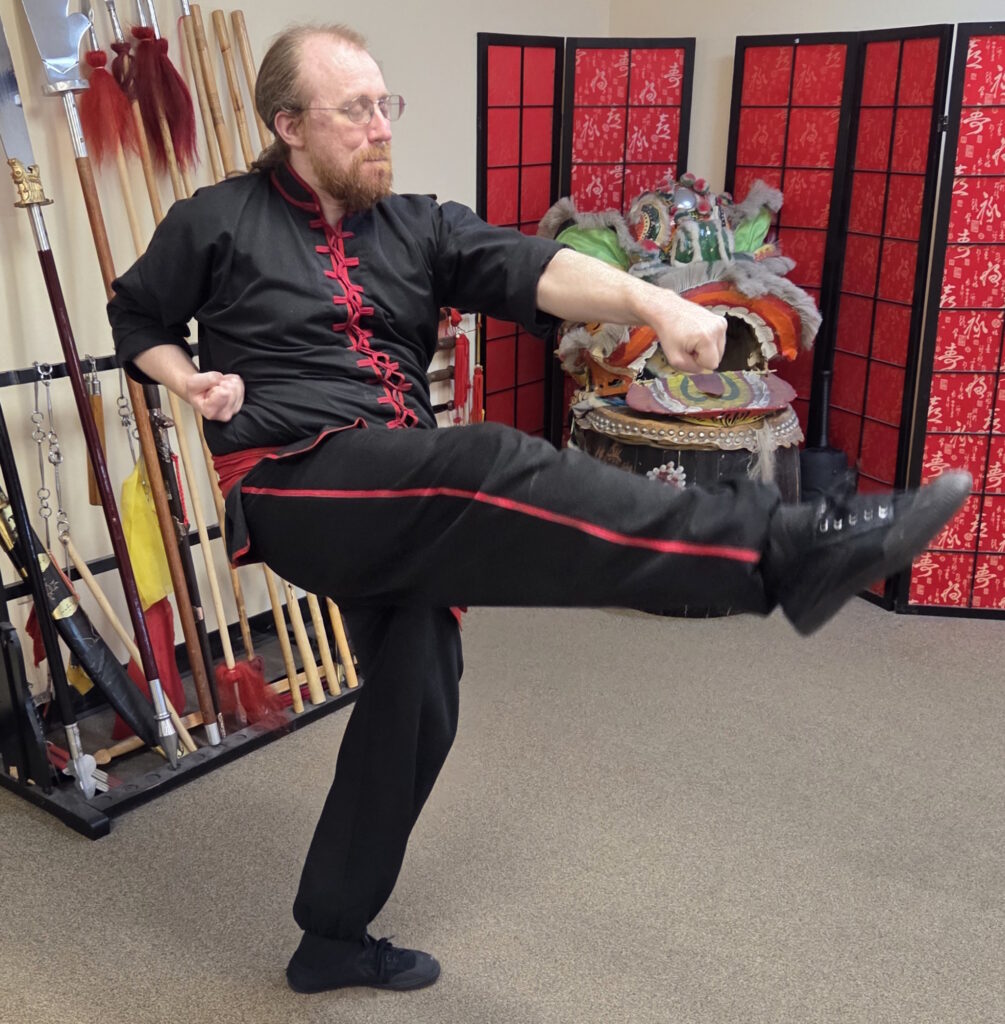
Combinations
Once you’ve learned each basic, you learn how to do combinations. In other words, a block and punch together or a block, kick and punch. This improves your coordination and focus. You are using both sides of your brain along with coordination and focus because you are doing the techniques on both sides of the body. This improves the brain functions, enhances the blood flow to the brain, and develops new and deeper neural pathways that are essential for a healthy functioning brain.
Self Defense
There are 3 methods for all of martial arts: The Sport method teaches you techniques to use in a contest with rules and a ring. There are restrictions on techniques and judges to ensure the rules are followed. You don’t have judges and rules on the street.
The stylistic martial arts styles teach you different punches, blocks, and kicks, but these are not street tactics. In addition, they do sport sparring practice with partners, and the techniques used are not related to those needed for self-defense.
The third type, combative martial arts or Kung Fu, specifically the system we teach here at the academy, is highly effective for self-defense. This system, known as Ying Jow Pai or Eagle Claw, is one of the oldest and most comprehensive systems of defense in the world. These techniques were designed for soldiers for hand-to-hand combat.
The 8 Secrets of Self Defense - Awareness, Critical Distance, Evade, Rooting, Block, Control, Counter, and Guard.
Sparring
Sparring is the one-on-one practice of randomly using the techniques against another opponent. The student uses all his techniques in a controlled environment to practice his throws, pressure points, locks, punches, and kicks against another student trying to do the same thing. This teaches the students control, distancing, application, and counters.
AWARENESS OF BODY & MIND
It only took one beginner basics class for me to become hooked. I've been attending classes regularly and enjoying every one of them.
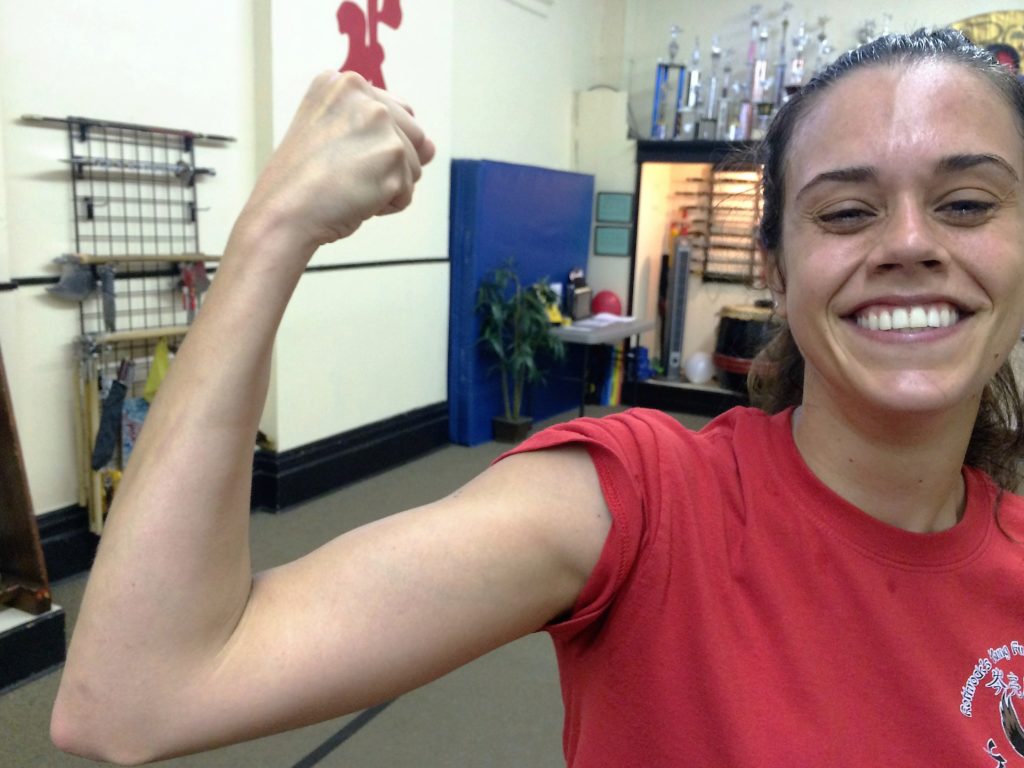
Lucia Sanchez
Forms
Forms are the encyclopedia of your kung fu techniques. They contain all the movements in combination with each other. Forms can be as short as 10 moves or as long as 1000's. Forms are similar to combinations but much harder to do because now you have to perform a long series of moves in combination with each other and maintain the proper basic technique elements (see basics above). Forms help the student to develop tremendous concentration, coordination, and discipline.
Partner Sets
Like forms, partner sets are a series of movements in a sequence that can run from ten to hundreds of moves long. The difficulty of partner sets is that they are done with a partner as if one is actually fighting the other. Partner sets come in two types: open hand (without weapons) and using a variety of weapons.
Weapons
Weapons are taught as part of the Chinese kung fu tradition. Though these weapons are not used today, they play an important part in developing strength, dexterity, concentration, and coordination. Chinese weapons are classified into several major groups: long, short, and flexible weapons, to name a few.
IT'S A GREAT WORKOUT
All of the instructors have been extremely supportive during class and never once made me feel like I don't belong and it's a fun learning environment

Amy Popies
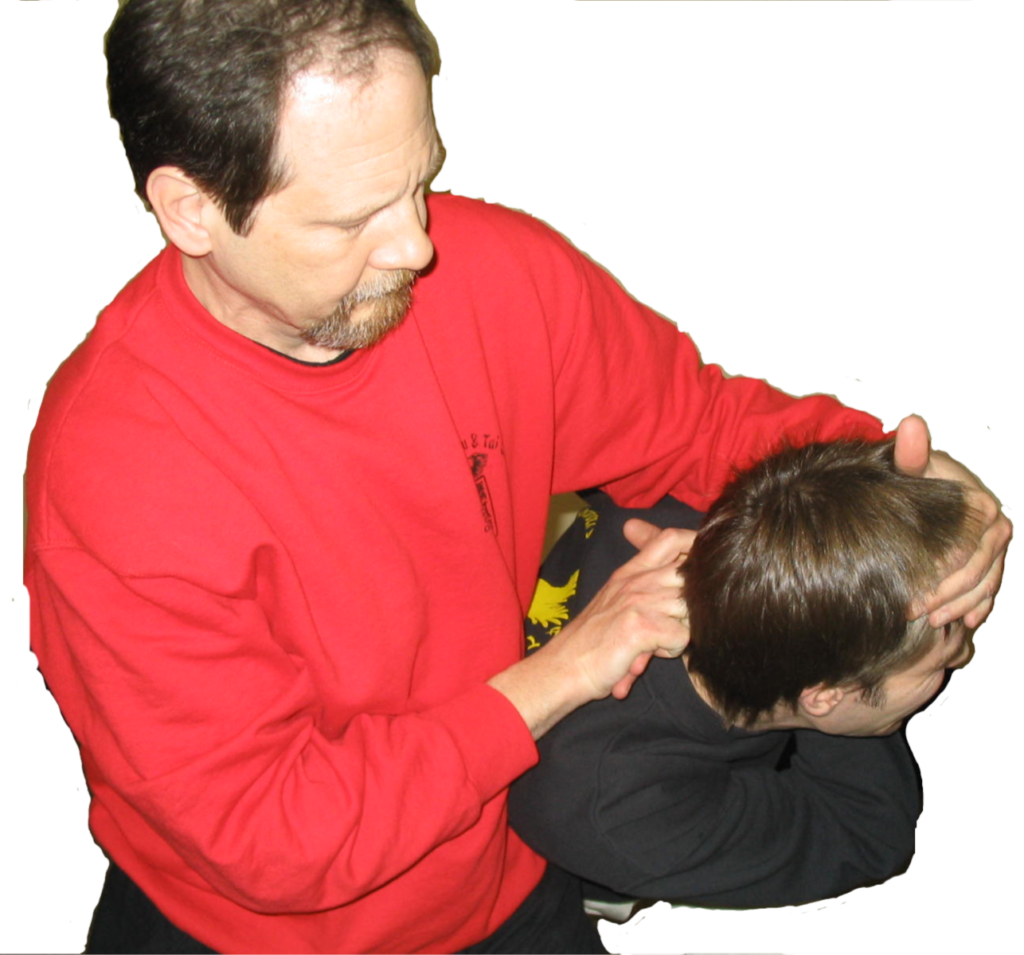
Pressure Points
Kung fu teaches how to use pressure points to maximize the potential of grabs, strikes, and kicks. Pressure points are weak points on everyone's body so that kung fu practitioners can defeat attackers much larger or stronger than themselves.
Locks
Joint locking is the art of attacking the joints to break, sprain, or cause extreme pain. Joint locks are usually combined with pressure points to make the kung fu practitioner a well-rounded martial artist and self-defense expert.
Ground-fighting
Kung Fu ground-fighting teaches you defense if you get knocked down. However, Kung Fu also teaches you to take someone to the ground with various leg traps, foot sweeps, and more.
Chi Kung
Chi kung means "breath work" or, more commonly, "internal work." Kung fu practitioners know that having a strong mind and body doesn't just rely on the strength of your muscles but also the strength of your internal organs (heart, liver, kidneys, etc.).
Conclusion
In ancient China, kung fu practitioners were revered as scholars and medical doctors because of their vast knowledge. As you can see from this basic outline, kung fu practitioners learn more than just simple punching and striking. They learn an entire art for keeping their minds and bodies healthy, and isn't that the most important thing in today's fast-paced and stressful society?
Keeps Me in Great Shape
“Over the year Kung Fu kept me in shape to come back and play the full 50 min indoor game with no real problems. What I semi-concluded today was that soccer/athletics got me in absolutely no shape for Kung Fu but Kung Fu has kept me in shape for all other athletics."
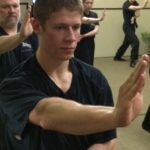
John
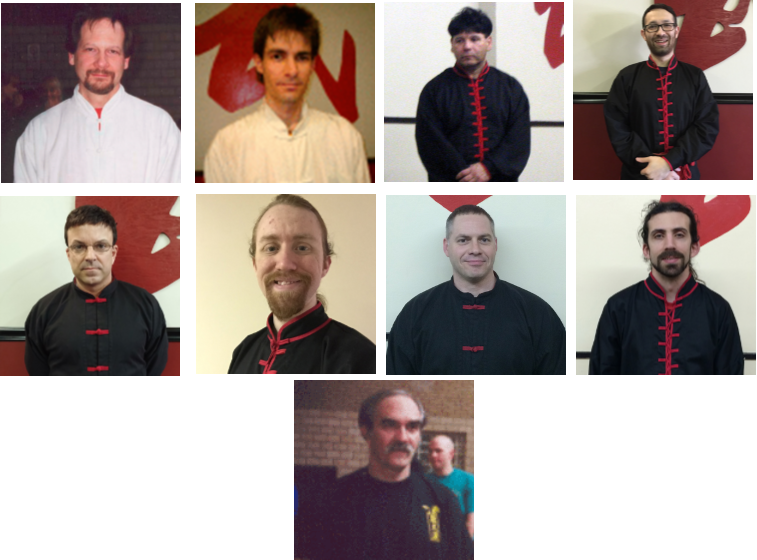
Your Professional Team
Master Rothrock and his team of Professional Black Belt Coaches have over 55 years of experience.
They know how to keep you motivated and on track to achieve your goals and get the best workout you've ever had.
Classes are based on three pillars for success: Physical Workout, Mental Workout (Focus and Discipline), and Motivation (personal Black Belt trainers in every class).
You do not have to be in shape when you get started in the Beginner Kung Fu Fit Program.
The program, designed by Master Rothrock, will gradually improve your conditioning, flexibility, and muscle tone and help you burn fat to lose weight.




































